To really know about Malaysian food, one must look into the history of the country and the ancestry of the people. The Malaysian multi-ethnical society was led by the historical location, the trading point between the East and the West which brought a great number of Dutch, Portuguese and British traders into the Straits of Malacca. Later years being colonized by the British, led to the huge migration from other Asian countries.
THE PEOPLE
The first Malay settlers has probably established themselves by 1000B.C. and were mostly skilled fishermen and farmers. Present day Malays are decendents of early Malays, mixed with Chinese, Indians, Thais and Arabs. Their cultures has been strongly influenced by the people neigbouring lands including Thai, Javanese, Sumatran and Indian with a mixture of culinary skills.
The Chinese moved into the area later were mostly people from the coasts of Kwangtung, Fukkian and the Hainan Island. Chinese born in the Straits Settlements of Malaya are called Babas. The Babas are rooted from 3 different races: Chinese, Malays and Bugis. The women are refered to as the Nyonyas. They have a very unique cultural mix of culinary skills. The term “Peranakan” is often used to refer to the Babas and Nyonyas. Peranakan is the designation for locally born Malaysian with mixed parentage. Many also adopted a mixture of Malay and Chinese culture.
The Indians had been visiting Malaysia for over 200 years but did not migrate en masse until 19th century. Most came from India running away from the poor economy and caste system to seek a better life. They first came to Malaya for barter trade and later worked in rubber and oil palm plantation.
The northern states of Penisula Malaysia (Kelantan, Terengganu, Kuantan, Penang, Kedah and Perlis) have also a lot of Thai influences, being so close to the Thai border. A lot of Thai were also integrated into Malaysia through marriages.
Then there are the Punjabis, and also Eurasians who are mixed parentage of locals with Portuguese, Dutch or other Europeans. They too contribute alot to the Malaysian mixed culture and food.
I think the main thing that bind so many etnics groups together are the love of the land and the passion for food. For all Malaysian..food is the centre which life evolves and is a part of every stages of life… from waking up to the night supper, from birth to death.
Don’t be surprise to see a Malaysian having SNACKS very often, and mind you…. for a Malaysian ‘a snack’ could mean a big plate of rice with condiments or a bowl of noodles or 10 skewers of Satay. They can sure eat 5 to 6 meals a day, after all food is quite resonably cheap.

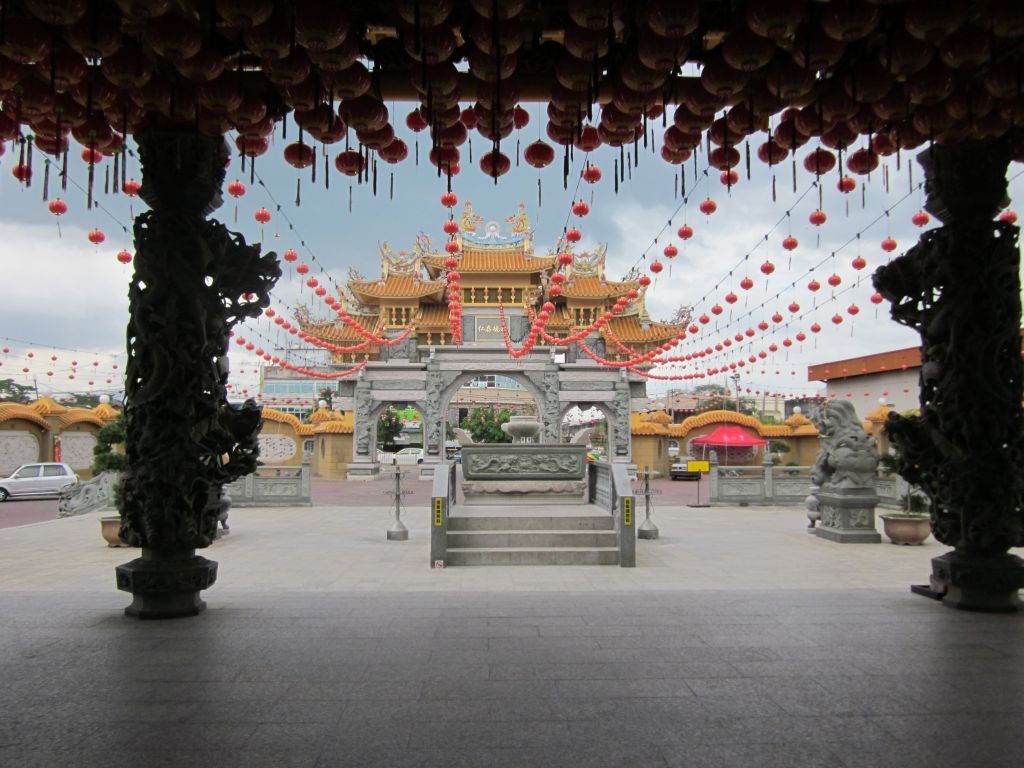
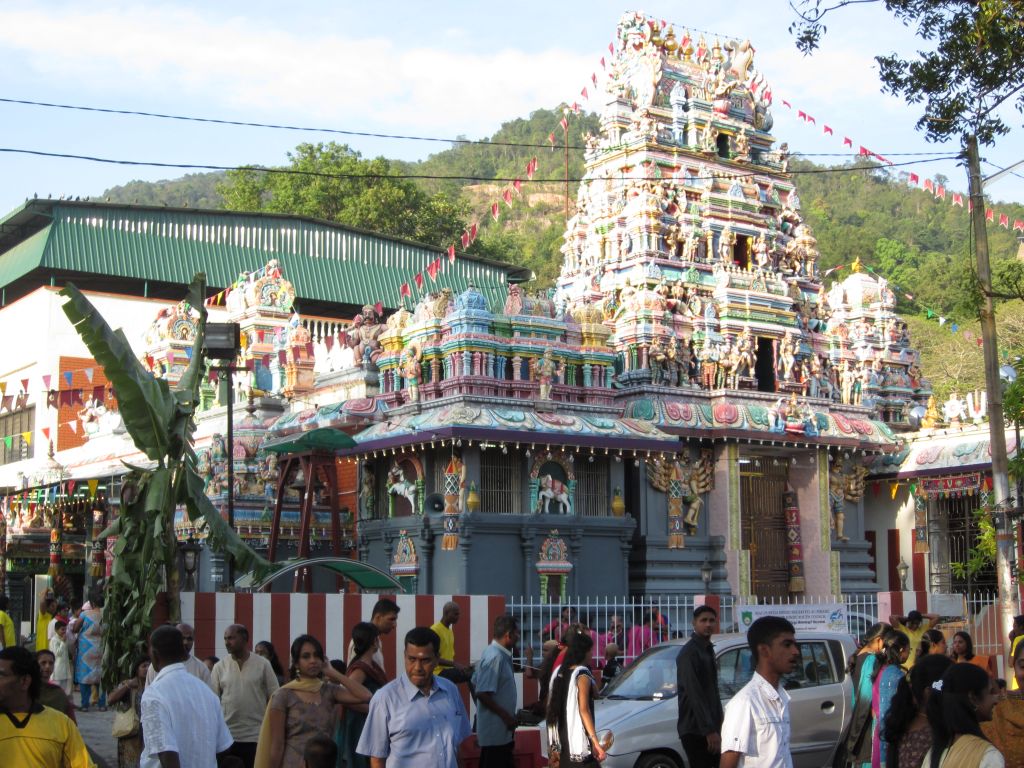
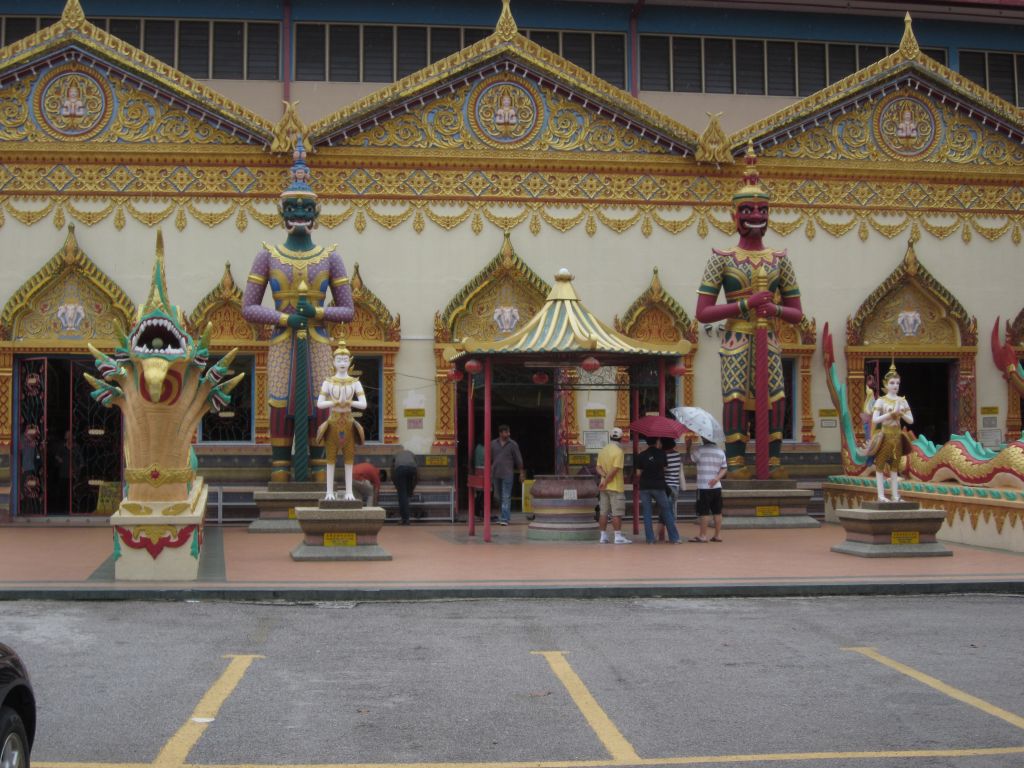
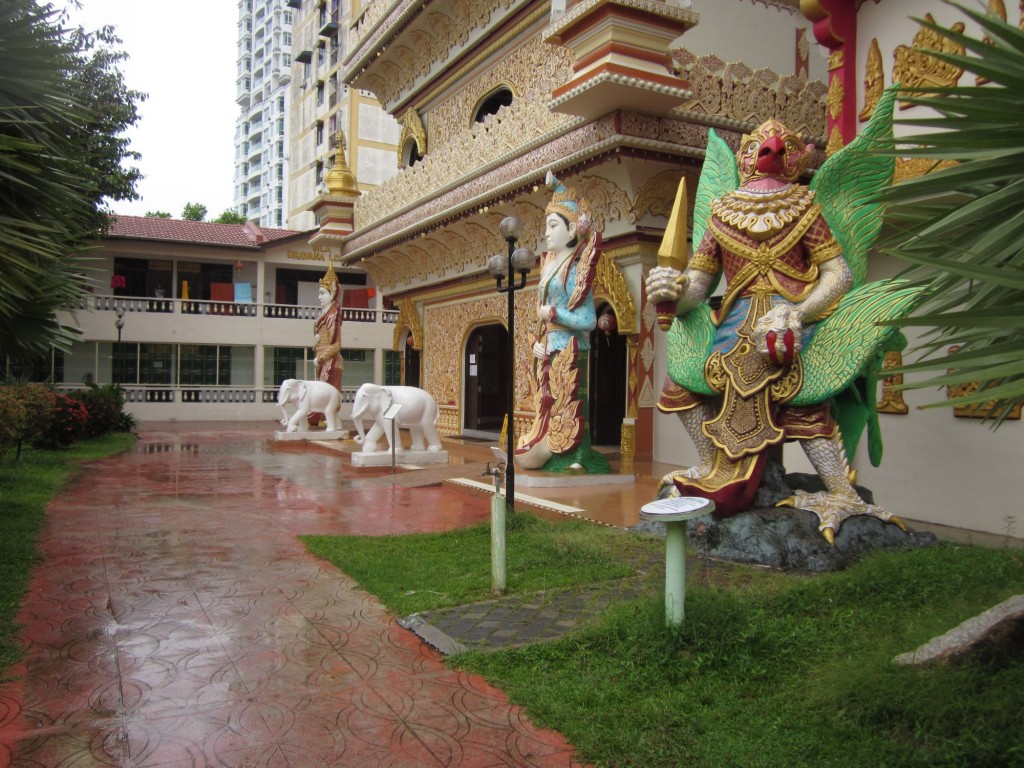
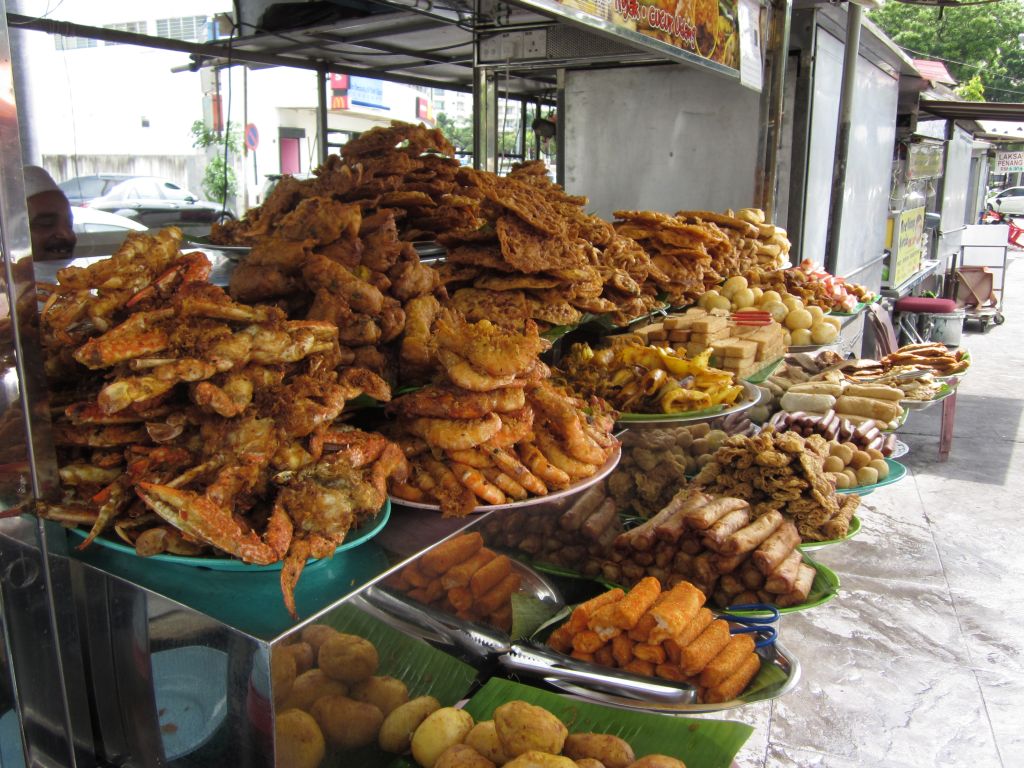
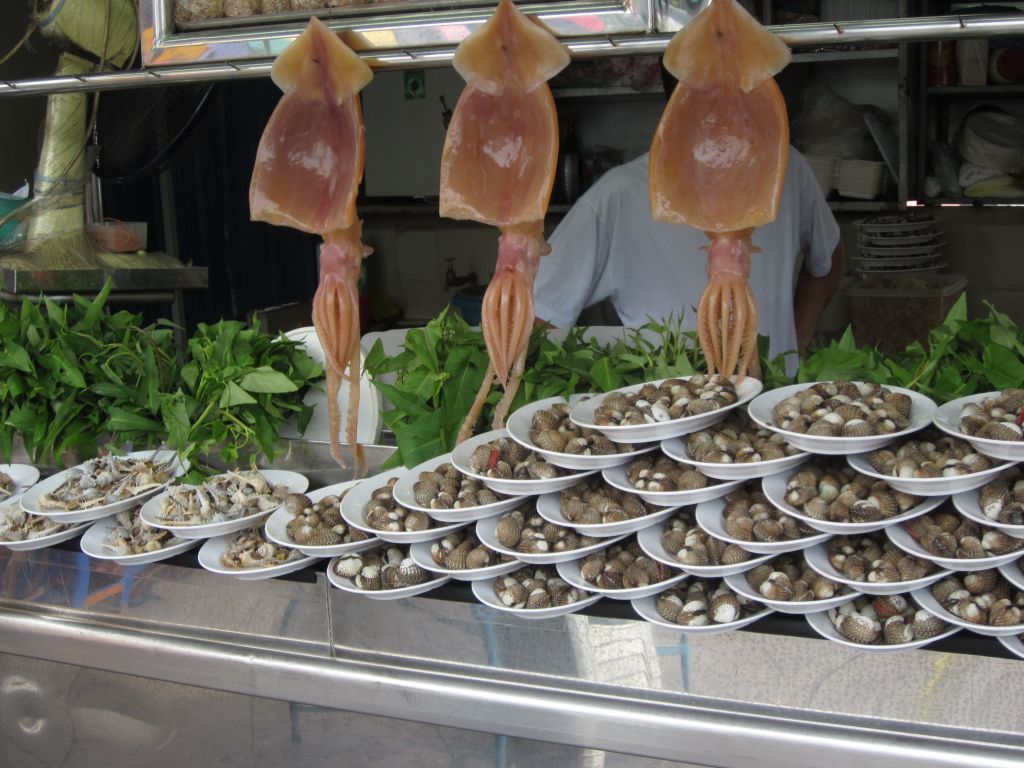
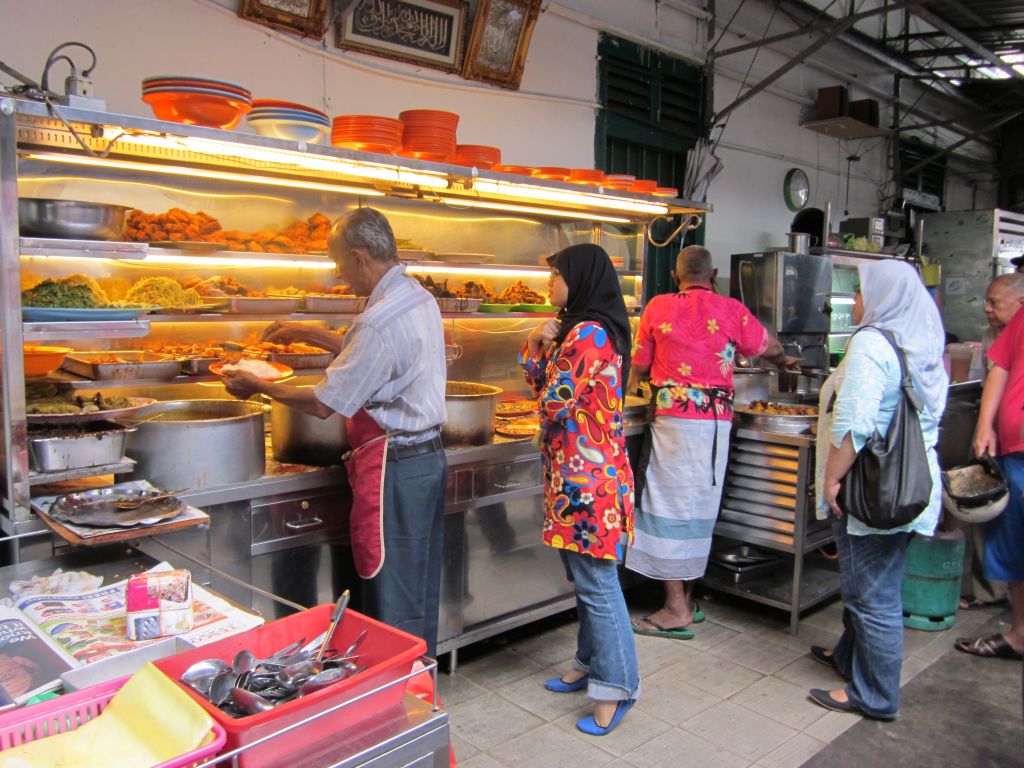

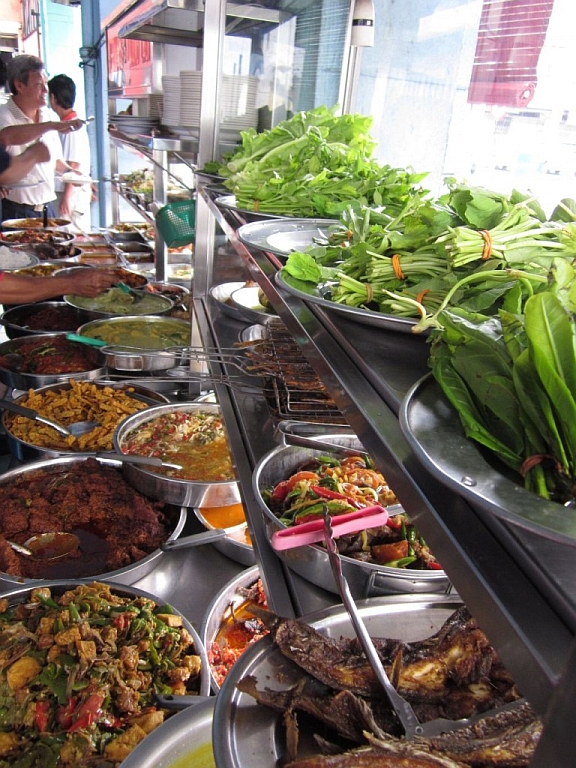
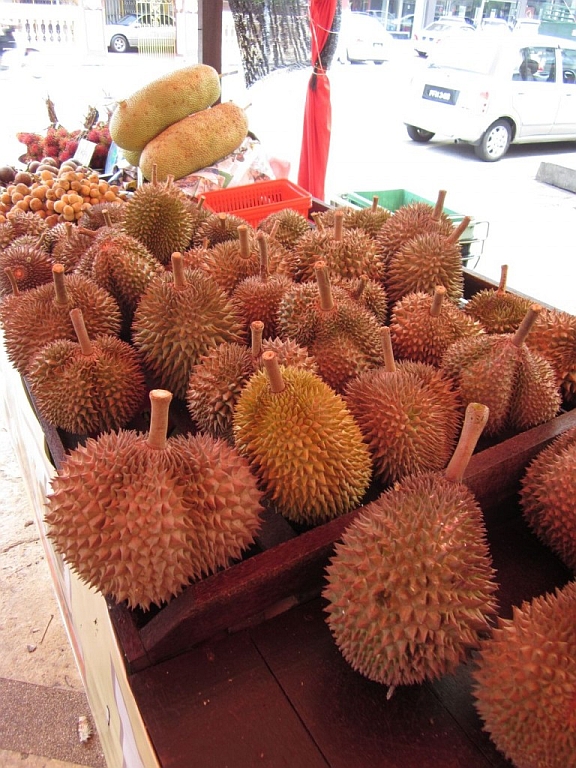
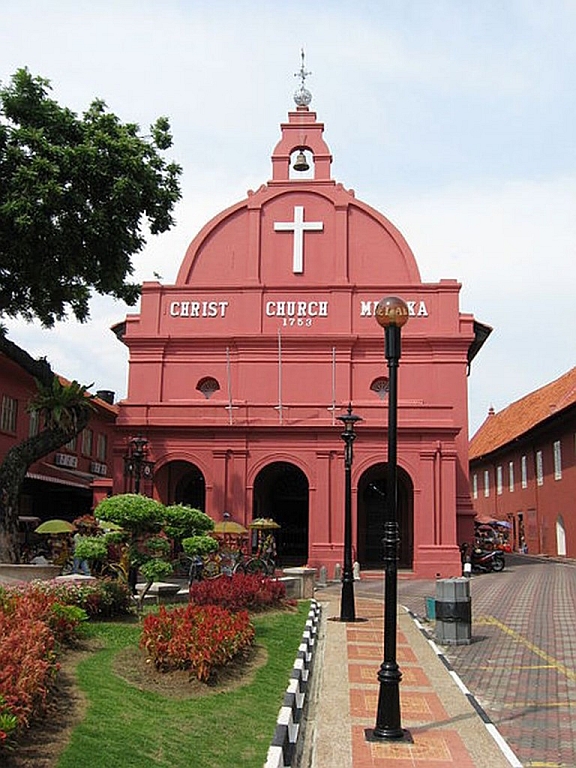
RECENT COMMENTS